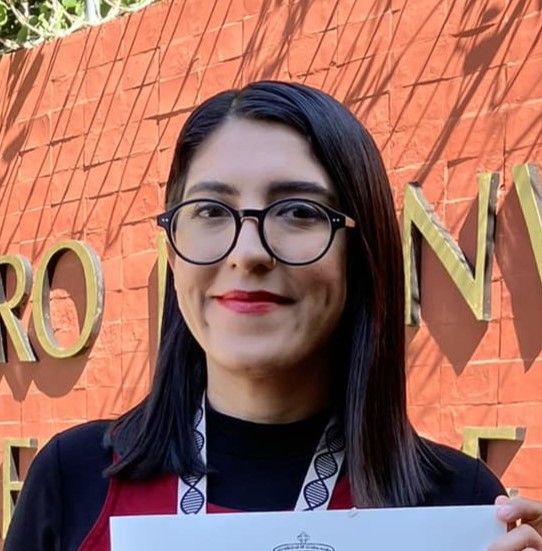
Deletion 22q11.2 occurs in 1:4,000-1:6,000 live births while 10p13p14 deletion is found in 1:200,000 newborns. Both deletions have similar clinical features such as congenital heart disease and immunological anomalies.We looked for a 22q11.2 deletion in Mexican patients with craniofacial dysmorphisms suggestive of DiGeorge or velocardiofacial syndromes and at least one major phenotypic feature (cardiac anomaly, immune deficiency, palatal defects or development delay).A prospective study of 39 patients recruited in 2012-2015 at the Instituto Mexicano del Seguro Social at Guadalajara, Mexico. The patients with velocardiofacial syndrome-like features or a confirmed tetralogy of Fallot (TOF) or complex cardiopathy were studied by G-banding and fluorescence in situ hybridization (FISH) with a dual TUPLE1(HIRA)/ARSA or TUPLE1(22q11)/22q13(SHANK3) probe, six patients without the 22q11.2 deletion (arbitrarily selected) were tested with the dual DiGeorge II (10p14)/D10Z1 probe.Twenty-two patients (7 males and 15 females) had the 22q11.2 deletion and 17/39 did not have it; no patient had a 10p loss. Among the 22 deleted patients, 19 had congenital heart disease (mostly TOF). Twelve patients without deletion had heart defects such as TOF (4/12), isolate ventricular septal defect (2/12) or other disorders (6/12).In our small sample about ~56% of the patients, regardless of the clinical diagnosis, had the expected 22q11.2 deletion. We remark the importance of early cytogenetic diagnosis in order to achieve a proper integral management of the patients and their families.








